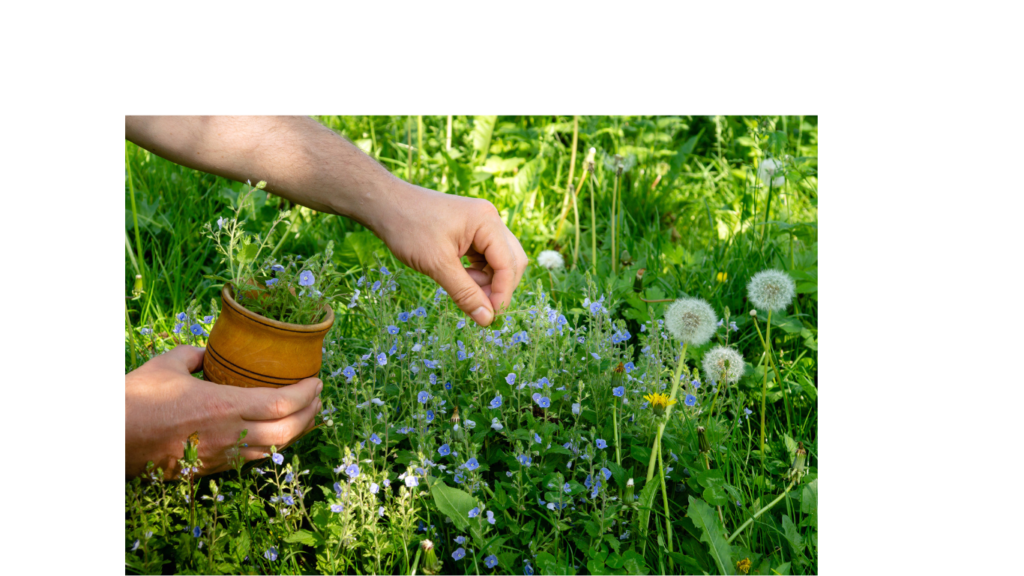Summer is a season marked by high temperatures, abundant sunlight, and a burst of color. For gardeners, this can be both an opportunity and a challenge. Plants love intense sunlight, but they also require special care to cope with excessive heat, drought, and the pests that proliferate during this time of year. Maintaining a healthy and vibrant garden in the summer requires planning, constant attention, and a strategic approach. This article provides a detailed overview of essential summer garden care.
The Importance of Garden Care During the Summer
Summer brings a combination of climatic factors that can directly impact plant health. The increase in temperature and variable humidity can affect the soil, irrigation, plant growth, and even the spread of diseases and pests. The rapid evaporation of water and thermal stress on plants can result in burned leaves, wilting, or even plant death. This makes daily care even more critical during this season.
Moreover, summer is a time of intense activity for the garden. If well managed, the green space can be a true masterpiece of vibrant colors, fresh fruits, and lush flowers. However, if neglected, the garden can suffer irreversible damage. Therefore, it is essential to ensure proper management of soil, plants, irrigation systems, and even preventive pest control. This planning not only ensures a healthy and beautiful garden but also maximizes the efficient use of resources like water and fertilizers.
The Impact of Summer on Plants and the Garden Ecosystem
Plants are organisms sensitive to climatic conditions, and the effects of summer can be profound. During this season, plant transpiration increases significantly due to heat and intense sunlight. This means plants lose water more quickly, and if the soil is not adequately irrigated, the roots may not be able to replenish the lost water, leading to water stress.
Additionally, high temperatures and humidity favor the proliferation of pests, such as aphids, scale insects, mites, and whiteflies, which feed on leaves and can weaken plants, making them more susceptible to diseases. To make matters worse, many fungal diseases, such as powdery mildew, rust, and white mold, thrive under summer conditions. Excessive heat, especially during heatwaves, can also impair photosynthesis and plant growth, causing damage to leaves, flowers, and fruits.
Therefore, understanding the impact of summer on your garden’s ecosystem is crucial for adopting the correct management practices to protect plants from the adverse effects of the season.
1. Preparing the Garden for Summer
Before the intense heat arrives, it’s essential to prepare your garden properly. Preparation can be divided into several steps, such as evaluating soil conditions, cleaning the space, fertilizing, and pest control. This initial work forms the foundation for a successful garden during the summer, providing ideal conditions for plants to grow healthily and withstand the heat.
Evaluating Soil Conditions Before Summer
Soil is one of the most important components for plant health. Well-prepared soil, with good texture and composition, allows for better water and nutrient retention, which is essential during the summer. Before the high temperatures arrive, conduct a thorough soil analysis to check its texture, structure, and pH.
To assess soil quality, start with a pH test. Most plants prefer neutral pH (between 6 and 7), but some specific plants may have different preferences. If your soil is acidic (below 6), you can add lime to correct it. If it’s alkaline (above 7), adding sulfur can help lower the pH. Furthermore, well-draining soil is crucial to avoid waterlogging, which can damage the roots.
If your soil has a heavy texture (clay), incorporate organic matter, such as compost or worm castings, to improve aeration and drainage. For sandy soils, which drain quickly, adding compost will help retain more moisture, preventing plants from becoming dehydrated.
Garden Clean-Up: Removing Dead Leaves, Twigs, and Debris
Cleaning the garden before the intense heat arrives helps improve air circulation, reduce pests, and enhance the overall appearance of the space. Removing dead leaves, broken branches, old roots, and other debris helps prevent moisture buildup and the proliferation of fungi and bacteria. These conditions can provide fertile ground for diseases that affect plants.
Cleaning also allows plants to receive the necessary amount of sunlight. This is especially important in the summer when plants need more light to carry out photosynthesis and grow properly. During cleaning, it’s essential to examine each plant for early signs of diseases or pests, which can spread rapidly in a hot and humid environment.
Summer Fertilization: How and When to Apply Nutrients to the Soil
Fertilization is an important part of preparing for summer because plants require more nutrients to cope with heat and maintain healthy growth. Proper use of fertilizers helps plants strengthen before facing the harsh summer conditions.
However, fertilization should be done in moderation. Nitrogen-rich fertilizers promote leaf growth, while phosphorus and potassium-rich fertilizers are better for root development and helping plants withstand stress. Over-fertilizing, especially with nitrogen, can lead to uncontrolled leaf growth at the expense of flowers and fruits.
Use slow-release fertilizers, which are released gradually and help avoid nutrient overload in the soil. If possible, opt for organic fertilizers, such as composted manure, which not only provide nutrients but also improve soil quality.
Composting: Using Organic Waste to Improve Soil Quality
Composting is an excellent way to enrich the soil with essential nutrients, improving its texture and moisture retention capacity. It also helps reduce waste by recycling organic materials from food scraps, dry leaves, small branches, and other natural materials. Compost is rich in nutrients like nitrogen, phosphorus, and potassium, which are vital for healthy plant growth during the summer.
Composting also improves soil biodiversity, encouraging the presence of beneficial microorganisms that aid in decomposition and nutrient cycling. Incorporating compost into the soil can work wonders, providing a fertile and healthy environment for your plants throughout the season.
2. Irrigation in Summer
Watering is one of the most important practices for ensuring plant survival and healthy growth during the summer. During intense heat, plants lose water quickly, and the soil can dry out in just a few hours. Maintaining a good watering routine, adjusting the frequency and amount of water according to the specific needs of each plant, is crucial.
How to Establish a Watering Routine for Summer: Frequency and Water Amount
During summer, water evaporates more quickly due to heat, requiring more frequent watering. However, the amount of water applied depends on various factors such as soil type, plant type, and local climatic conditions. The key to effective irrigation is to water deeply and consistently, ensuring the water reaches the plant roots without waterlogging the soil.
A good practice is to water the garden early in the morning or late in the afternoon when temperatures are lower. This prevents water from evaporating quickly under intense sunlight, giving the plants time to absorb moisture. Watering at night can also be a good option, but it’s essential not to leave water accumulated on the leaves, as this can promote fungal growth.
Irrigation Systems: Advantages of Drip, Sprinkler, and Subsurface Irrigation
There are different irrigation systems that can be used to optimize water use and ensure that plants receive the ideal amount of hydration. The drip irrigation system is one of the most efficient options, as it delivers water directly to the roots with minimal waste and evaporation.
The sprinkler system is better suited for larger gardens or lawns but should be used with caution to avoid water wastage. Timers and moisture sensors can help avoid over-watering and ensure that water is applied only when needed. Subsurface irrigation is ideal for large areas and perennial gardens, as it distributes water directly to the root zone, reducing evaporation and promoting absorption.
Water Quality Care: Avoiding Contaminated Water Use
The quality of water used for irrigation can directly affect plant health. Tap water, for example, may contain chlorine and minerals that can damage soil structure and hinder nutrient absorption by the roots. An alternative is to use rainwater or install a rainwater harvesting system, which is richer in nutrients and gentler on plants.
3. Protection Against Excessive Heat
High summer temperatures can be stressful for plants, especially for those sensitive to intense heat. Protecting plants from direct sunlight and creating cooler conditions in the garden is essential for preserving their health during the season.
Garden Shading: Plants and Structures to Protect Plants from Intense Sun
One of the best ways to protect plants from excessive heat is to provide shade during the hottest hours of the day. There are several ways to provide shading in the garden, whether with plants like large trees or climbing vines, or with artificial structures such as pergolas and awnings.
Broad-leaved plants, like fig trees and grapevines, are excellent for creating natural shade while adding beauty to the environment. You can also install shade cloths that partially block sunlight, allowing plants to receive indirect light without suffering from the intense heat.
Conclusion
Caring for your garden during the summer requires attention and dedication, but with proper planning, your garden can not only survive the heat but also flourish with vitality. Preparing the soil, adopting efficient irrigation practices, controlling pests, and protecting plants from the heat are essential steps to ensure your green space remains healthy and vibrant. With a little effort and daily care, you can have a lush garden that serves as a refreshing and beautiful retreat throughout the season.



